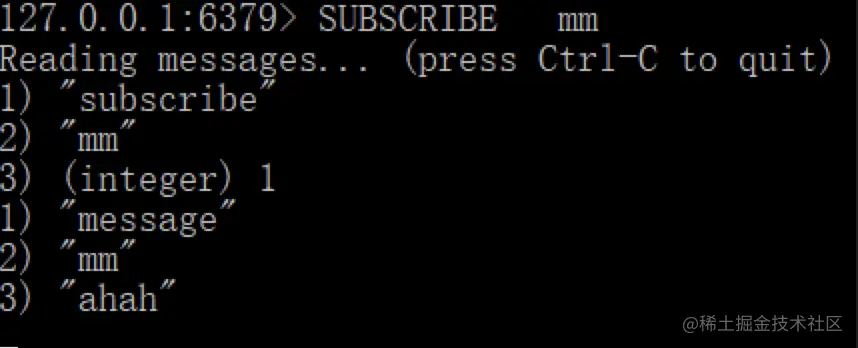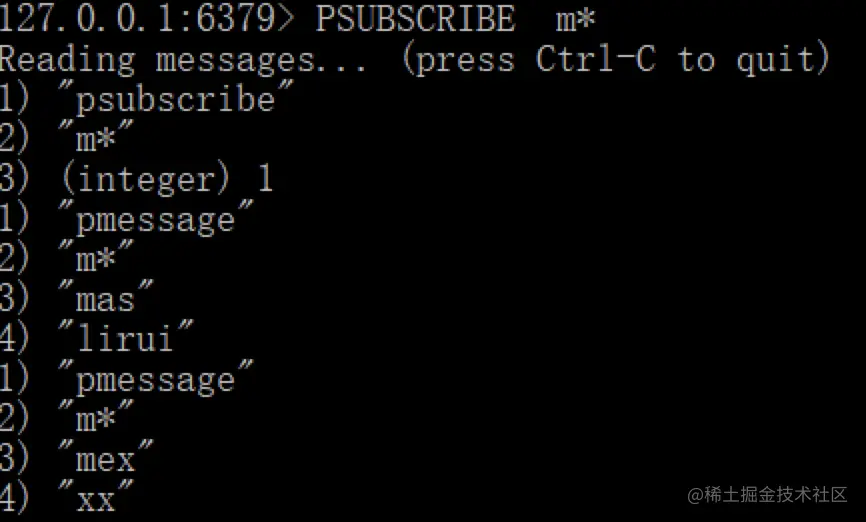What is slow query and subscription mode in Redis
- 青灯夜游forward
- 2021-11-15 10:50:571650browse
This article will introduce to you the slow query and subscription mode in Redis, I hope it will be helpful to you!

Slow query
The slow query log is the execution time of each command when the system executes the command. When it exceeds the threshold, Just record this command. [Related recommendations: Redis video tutorial]
Redis command execution process

Send command
Command queuing
Command execution
Return result
Command execution is the time for slow query statistics
Two configuration parameters for slow query
slowlog-log -slower-than: Preset threshold, unit is milliseconds. If a "very slow" command is executed, the execution time exceeding the threshold will be recorded.
slowlog-max- len: Set the maximum number of slow query logs to store
Publish and subscribe mode
Redis provides a publish and subscribe function, which can be used for message transmission , Redis's publish and subscribe mechanism consists of three parts, publisher, subscriber and Channel.

Publish and subscribe function
- Use the publish command to send messages

- ##Subscribe to a channel using the subscribe command

- Pattern matching: subscribe to multiple channels at the same time, the command is PSUBSCRIBE

Redis expiration time processing
- Active processing
- Passive processing
Memory Recycling
noeviction: Default policy, no data will be deleted, all write operations will be rejected and client error information will be returned. At this time, Redis will only respond to read operations. . volatitle-rlu: Delete keys with timeout attributes set according to the LRU algorithm until enough space is made. If there are no deletable key objects, fall back to the noeviction strategy. allkeys-lru: Delete keys according to the LRU algorithm, regardless of whether the data has a timeout attribute set, until enough space is freed up. allkeys-random: Randomly delete all keys until enough space is made. volatitle-random: Randomly delete expired keys until enough space is made. volatitle-ttl: Delete the most recently expired data based on the ttl attribute of the key-value object. If not, fall back to the noeviction strategyFor more programming-related knowledge, please visit:Introduction to Programming! !
The above is the detailed content of What is slow query and subscription mode in Redis. For more information, please follow other related articles on the PHP Chinese website!
Related articles
See more- Summarize and share several practical Redis visualization tools
- One trick to teach you how to solve the problem of not being able to load redis in php7
- A brief discussion on the dictionary, hash algorithm and ReHash principle in Redis
- A brief analysis of 8 elimination strategies in Redis cache
- How to remove duplicates in Redis? A brief analysis of 4 methods to remove duplicates

